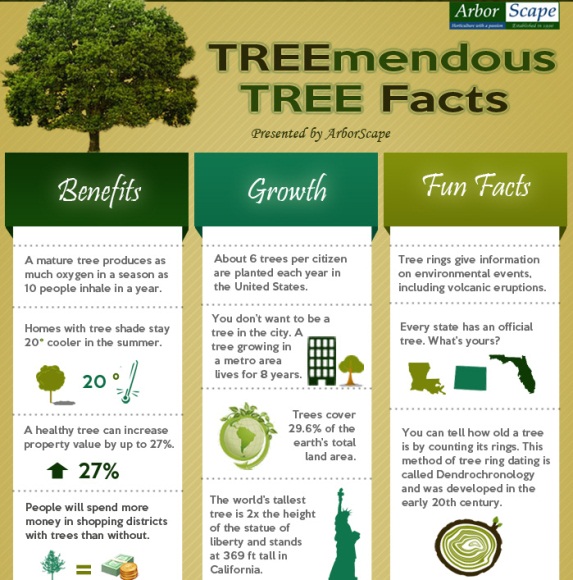When it comes to land management, have you considered the resilient benefits of stump grinding? By attending to the remnants left after tree removal, this method not just help in soil health and wellness improvement yet additionally plays a critical duty in preventing disintegration and sustaining biodiversity. The ecological advantages of stump grinding expand far beyond mere looks, providing a sustainable remedy that balances with nature's elaborate systems.
Soil Wellness Improvement
Looking to boost the quality of your soil? Stump grinding can be a game-changer for improving soil wellness on your residential or commercial property. By removing old tree stumps, you're creating space for new development and enabling essential nutrients to return to the dirt.
As the stumps break down in time, they release organic matter, enhancing the dirt and advertising better plant development.
In addition, stump grinding assists to aerate the soil, allowing for far better water seepage and root growth. Compacted dirt can prevent plant development and water absorption, yet by grinding stumps, you're loosening the dirt and developing a much healthier atmosphere for your plants.
Furthermore, stump grinding can also help to avoid parasite infestations and conditions that old stumps might bring in. By getting rid of these prospective dangers, you're creating a much safer and a lot more efficient landscape.
Disintegration Avoidance
To prevent dirt disintegration effectively, stump grinding plays a vital function in maintaining the security and honesty of your land. By eliminating undesirable stumps from your home, you're also minimizing the threat of erosion triggered by water drainage. Stump grinding removes challenges that can disrupt the natural circulation of water across your land, preventing soil disintegration at the same time.
When stumps are left unblemished, they can function as barriers to water flow, creating soil to remove during heavy rainfalls. This disintegration not only harms your land yet also contributes to sedimentation in close-by water bodies, damaging marine communities.
Stump grinding helps to avoid these issues by leveling the ground and promoting correct water drainage, minimizing the likelihood of disintegration.
Biodiversity Assistance
Keeping healthy and balanced biodiversity on your land is vital for developing a prospering ecological community. By using stump grinding as a sustainable land management method, you can dramatically support biodiversity.
davey tree service grinding assists advertise biodiversity by producing new habitats for different plant and pet species. The removal of stumps enables the regeneration of indigenous greenery, which in turn attracts a diverse variety of wildlife. please click the up coming document , birds, and small creatures prosper in these newly accessible locations, adding to the total biodiversity of your land.
Additionally, stump grinding helps stop the spread of conditions and parasites that can damage plant types, therefore guarding the ecological equilibrium on your property. By eliminating old stumps, you develop room for brand-new plant development, which boosts the total wellness of the ecosystem.
This much healthier environment sustains a larger variety of varieties, promoting biodiversity and developing a much more resilient community in the long term. Embracing stump grinding as part of your land management approach can have long lasting favorable results on the biodiversity of your land.
Final thought
By making use of stump grinding as a sustainable strategy to land management, you can enhance dirt health and wellness, protect against erosion, and support biodiversity. This environmentally friendly method not only profits the ecological community however likewise promotes the development of plant life and produces environments for numerous plant and pet varieties. Make a positive effect on the atmosphere by including stump grinding into your land management practices.
